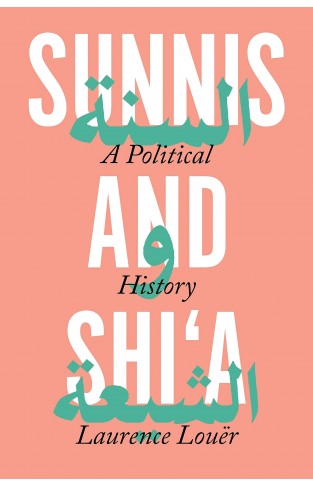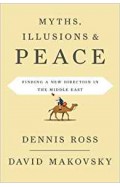Sunnis and Shi'a - A Political History
By: Laurence Louër
-
Rs 5,651.75
- Rs 8,695.00
- 35%
You save Rs 3,043.25.
Due to constant currency fluctuation, prices are subject to change with or without notice.
Sunnis and Shi'a - A Political History
By: Laurence Louër
Rs 5,651.75 Rs 8,695.00 Ex Tax :Rs 5,651.75
Sunnis and Shi'a - A Political History
By: Laurence Louër
Rs 5,396.25 Rs 7,195.00 Ex Tax :Rs 5,396.25
Zubin Mehta: A Musical Journey (An Authorized Biography)
By: VOID - Bakhtiar K. Dadabhoy
Rs 472.50 Rs 1,050.00 Ex Tax :Rs 472.50
Myths Illusions and Peace: Finding a New Direction for America in the Middle East
By: Dennis Ross
Rs 985.50 Rs 1,095.00 Ex Tax :Rs 985.50
Manning Up: How the Rise of Women Has Turned Men into Boys
By: Kay Hymowitz
Rs 646.75 Rs 995.00 Ex Tax :Rs 646.75
No recently viewed books available at the moment.
Zubin Mehta: A Musical Journey (An Authorized Biography)
By: VOID - Bakhtiar K. Dadabhoy
Rs 472.50 Rs 1,050.00 Ex Tax :Rs 472.50
Sunnis and Shi'a - A Political History
By: Laurence Louër
Rs 5,651.75 Rs 8,695.00 Ex Tax :Rs 5,651.75
Sunnis and Shi'a - A Political History
By: Laurence Louër
Rs 5,396.25 Rs 7,195.00 Ex Tax :Rs 5,396.25















-120x187.jpg?q6)











-120x187.jpg?q6)


